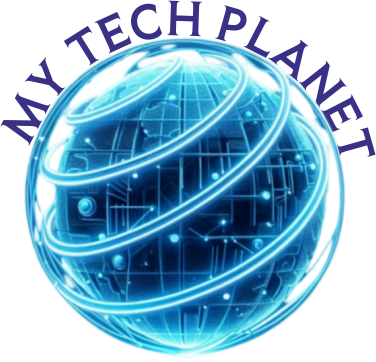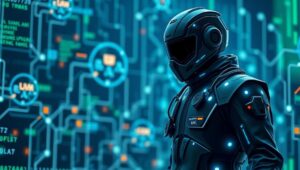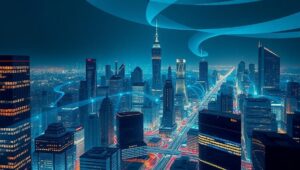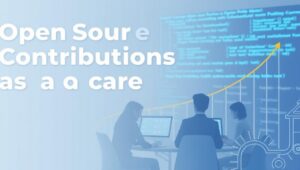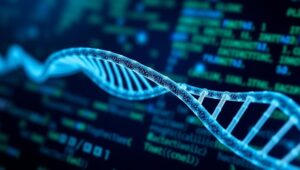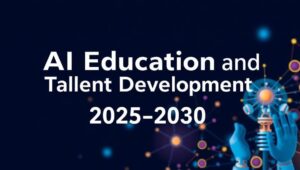May 29, 2025
The Future of Retail IoT: Personalized Shopping and Smart Stores (2025)
The Future of Retail IoT: Personalized Shopping and Smart Stores (2025) The retail landscape is undergoing a dramatic transformation, driven by the Internet of Things (IoT). By 2025, expect personalized shopping experiences and smart stores to be the norm, not the exception. This article explores the key trends shaping the future of retail IoT and its impact on consumers and businesses. What is Retail IoT? Retail IoT refers to the use of interconnected devices and sensors to collect and analyze data within a retail environment. This data is then used to optimize operations, enhance customer experiences, and drive sales. From
